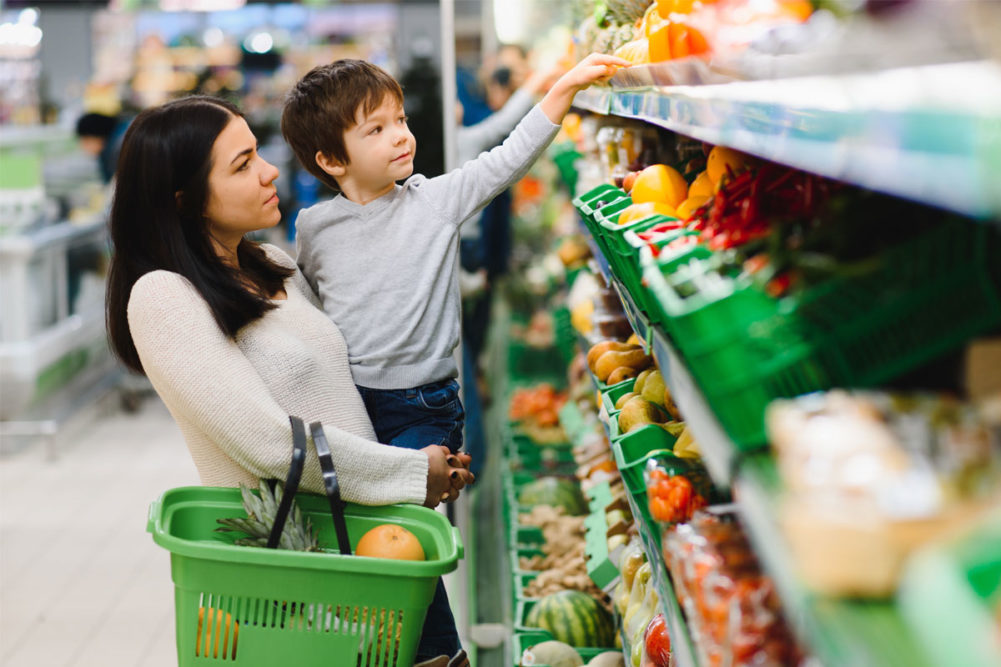KANSAS CITY — Consumer concerns have evolved over the past five years, going from mainly wanting to know what’s in a product to taking a more holistic view, additionally wanting to know how the product affects the planet, animals and consumers’ health, according to surveys from HealthFocus International, St. Petersburg, Fla.
Julie Johnson, president of HealthFocus International, called it going from clean label eating to clean-conscious eating in an Aug. 23 webinar produced by Food Business News. Processed foods may have a place in clean-conscious eating.
“But there is a positive side to consumers’ views of food processing, and it involves the use of science and technology in production of foods and beverages,” Ms. Johnson said. “What may have been a bit foreign and a bit scary to people may become broadly embraced by consumers who understand what technological advances in the manufacturing of it can actually deliver for them.”
A 2023 HealthFocus International study asked consumers in the United States how acceptable they would find the use of science and technology in the production of foods and beverages if it could improve the product in a certain way. The responses were 64% for making the product free from undesired ingredients such as antibiotics and hormones, 63% for supporting food security such as reliable access to affordable and nutritious food, 59% for making the product more ethical with animal welfare being an example and 58% for making the product more sustainable and environmentally friendly.
“Unrecognizable ingredients have actually become less villainized in recent years assuming they can provide something to make them necessary,” Ms. Johnson said. “They can’t just arbitrarily be added to a product and then they’re going to be more accepted by people. It has to promote some sort of benefit or be there for a reason.”
Interest in eating clean has plateaued, she said.
“That’s primarily because the desires and interests around what a consumer demands from foods and beverages has become a lot more holistic as of late,” Ms. Johnson said.
A HealthFocus International survey found 52% of respondents in 2022 said they read labels on food packaging, the same percentage as in 2018 and down from 63% in 2014. The percentage of consumers who said it was extremely important or very important for products to have no artificial sweeteners stood at 47% in 2022, down from 52% in 2018. Percentages also fell for no artificial colors or flavors, to 45% in 2022 from 48% in 2018, and no preservatives, to 43% in 2022 from 51% in 2018.
HealthFocus International also found 45% of respondents in 2022 said it was extremely important or very important to know what is in a product, which was up from 34% in 2020. Thirty-two percent in 2022 said it was extremely important or very important to know whether a brand supports regenerative agriculture and soil health, which was up from 20% in 2020. When asked whether they wanted to know the story behind the brands, 37% said yes in 2022, which was up from 28% in 2020.
Ms. Johnson gave gluten-free sprouted Cacao O’s from One Degree Organic Foods as an example of providing information on packaging that consumers want to know. Using a QR code on the front of the package, consumers may find the origin of all the ingredients, including oat flour, brown rice, garbanzo beans and cacao.
“These specifics are not necessarily important independently, or even for what they are, but the idea is the company is not afraid to tell you where everything in their package comes from, inherently meaning that they are proud of it or at least not ashamed of it,” she said.
Clean-conscience eaters may take a positive view of that approach.
“Just over the past 15 years clean has gone from what’s in a product or what’s not in a product — like no artificials, less processed, organic, natural, pure and recognizable — to now what a product represents,” Ms. Johnson said. “It’s all those same aspects of clean label, but it also encompasses ethical eating, personal connections, brand transparency and responsibility, and sustainability. It’s really from clean label choices to clean-conscious choices.”
